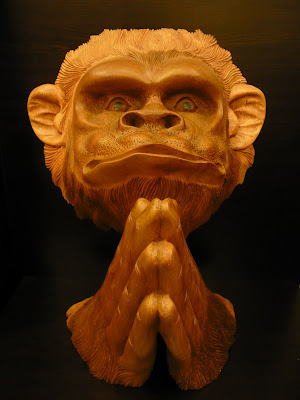The Koto is a traditional Japanese stringed instrument derived from the Chinese Guqins. It is a long, hollow instrument about six feet (180cm) long carved from Paulownia wood which is also known as the Empress Tree. Its shape is said to resemble the dragon and the various parts of the koto are named as various parts of the dragon. 13 strings are strung across the length of the instrument. Underneath the body are two holes to produce its instinctive sounds in the cavity of the hollowed wood.
Players adjust the pitch of the string by moving the bridge along the length of the koto. The sound is created by plucking the string with three finger picks that are worn on the thumb, forefinger and middle finger. The player kneels towards the right end of the instrument which is the head of the dragon. The left hand is used to altered the sound in various ways such pressing the strings firmly to the left of the bridge to change the pitch or to move gently over them to create a vibrating sound.
Yatsuhashi Kengyo (1614-1685), a gifted blind musician from Kyoto transformed koto by innovating it with new techniques, new composition and new tuning and became known as the “Father of Modern Koto”. His most famous composition "Rokudan no Shirabe " (Study in Six Steps) remains the most well-known koto piece and viewed by koto players as containing all the basic techniques of koto playing. Today, visitors to Kyoto can even enjoy “Yatsuhashi Sembei”, a special koto shape cookie.
The Japan Foundation in December organized a Koto music concert in December last year to introduce Koto music to Malaysian. Sawai Koto Orchestra, one of the best koto ensemble was brought over to perform. The main performer is Sawai Kazue who together with her husband, Sawai Tadao founded the
She is joined by her son Sawai Hikaru, who interestingly is also founder of the rock band “Mephisto Pheles”. It is rare to find someone with both the talent and inclination for rock as well as traditional Japanese instruments. He is still active in both fields.
Next post: My first personal experience of live Japanese Koto music.
Next post: My first personal experience of live Japanese Koto music.

No comments:
Post a Comment